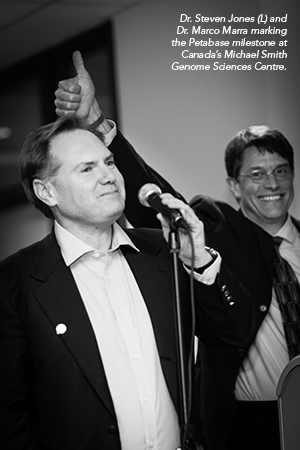Drug Development: From Laboratory Research to New Treatment Options for Cancer
June 9, 2015
Found in Drug Development, Experimental Therapeutics
If you read last week’s posts, then you’ll know I got started at the BC Cancer Agency after being terminated (without cause : ) from a local biotechnology company. This company was financed by a US company that could no longer justify maintaining a research operation in Canada – another long story which I can share after you get a few beers in me.
I was given an opportunity to work as a Research Scientist at the BC Cancer Agency and teamed with Pieter Cullis and others to develop a drug candidate acquired from the US company that let us go (again sort of funny given the drug candidate was developed by us in the first place).
This candidate was a reformulated version of vincristine, a commonly used anticancer drug. In 1989, we published that reformulated vincristine was much more effective and less toxic. We prepared for first in human studies and manufactured the drug within our pharmaceutical clean room at the BC Cancer Agency.
Phase I clinical trials for the reformulated vincristine were directed by Dr. Karen Gelmon and established a safe dose for use in humans – this work was published in 1999. Although there was a great deal of excitement about this reformulated vincristine, there was one problem – it did not have a great shelf life! So we went back to the lab.
In 1995, a new and improved (and stable) reformulated vincristine was invented by Drs. Murray Webb, Lawrence Mayer and myself. It was placed on the FDA’s fast-track approval process, but was only approved for use in patients in 2012. In aggregate from discovery (1989) to approval (2012) this drug took over 20 years to develop!
In my next post, I will share with you how the work on vincristine led me to my current research focus.
Marcel
